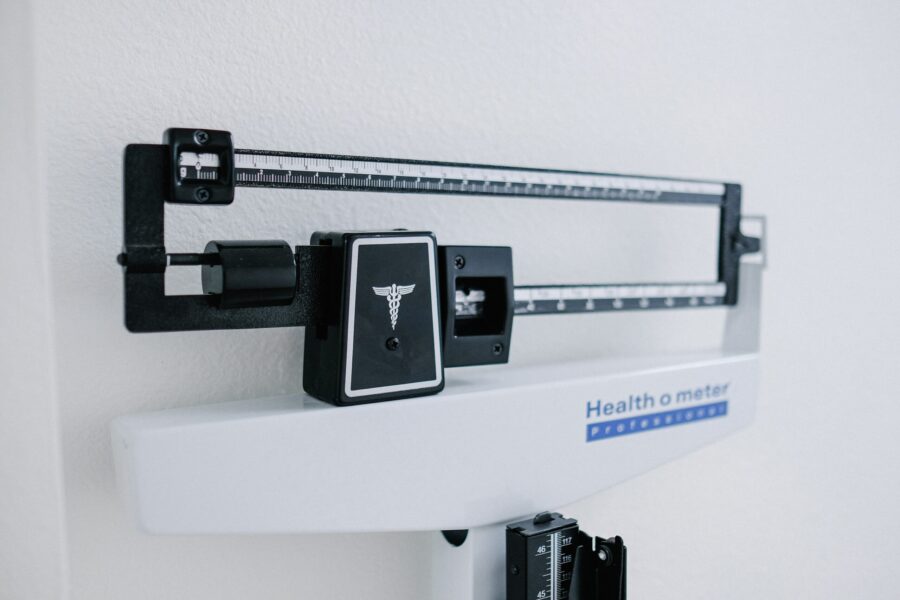How Disordered Eating Content Floods Your Social Feed
The TikTok hashtag was so alarming, somone called The National Alliance for Eating Disorders. The hashtag #legginglegs had gone viral, as users commented on the type of slim limbs purportedly deemed most appropriate for that style of pants. The organization flagged the content to TikTok, who banned the term, further directing users looking for it the organization’s website and to other resources combatting disordered eating.
This time, the platform responded quickly. But it’s hardly the first damaging hashtag or trend to proliferate on social platforms. An article in The New York Times takes in-depth look at why eating disorder content keeps spreading on social media.
How does disordered eating content spread?
Experts explain that harmful body image content has existed since the internet began. “The minute they ban one hashtag, another one will pop up,” said Amanda Raffoul, an instructor at Harvard Medical School and Boston Children’s Hospital who studies eating disorders. But with ever-evolving algorithms, a new problem has emerged: since feeds are curated by a user’s interest, they create a dangerous situation for those vulnerable to that content.
It works like this: if a teen searches for healthy snacks, soon they are being shown low-calorie recipes. If the teen interacts with one of those posts, the algorithm senses that weight loss is a topic of interest, and soon it is serving up ever-more-strict dieting content. It can quickly spiral into a torrent of unhealthy images and messages promoting disordered eating.
“I don’t think we are in a space where we can ignore the harms that can be happening in the algorithm,” said Johanna Kandel, the chief executive officer of the National Alliance for Eating Disorders. “The fact is that individuals can start a journey of health and wellness and within a few minutes can be served content that is extremely unhealthy for them.”
Employees at social media companies say it’s tricky to discern exactly which content triggers disordered eating. But the damage is being done, all the same.
Public health experts and even the U.S. Surgeon General have worried about the virulent role of social media in developing eating disorders and other mental health issues, especially among young people.
Harmful body image content has always been around … but it’s worse today
The National Alliance for Eating Disorders notes that over 29 million Americans develop “a clinically significant eating disorder in their lifetime.” Disordered eating affects people of every age, race, gender, or body type.
In the 80s when she was a teenager, magazines had articles and images touting messages about the “ideal body,” says Dr. Jillian Lampert, chief strategy officer for the The Emily Program, which treats eating disorders. But it was nowhere near as ubiquitous as it is for teens today – on your phone, in your room, in your hand.
It’s the algorithm that’s the problem. On social media, users can choose whom they follow or like. However, the content fed to them on “for you” or “explore” pages is determined by previous actions – even fleeting choices – and it just keeps coming.
In its work treating eating disorders, The Emily Program works with clients in person and virtually to help them reprogram their social media feeds. Unfollowing accounts can be helpful in stemming the tide of harmful content.
On a path to health, said Dr. Lampert, “We are re-establishing a different relationship with social media.”
Read the full article here.
Or read “Want a Better Body Image? Cut Back on … Social Media”
Minsberg, Talya. “Why Eating Disorder Content Keeps Spreading.” The New York Times, 6 Feb 2024, https://www.nytimes.com/2024/02/06/well/move/tiktok-legging-legs-eating-disorders.html?action=click&pgtype=Article&state=default&module=styln-eating-disorders&variant=show®ion=MAIN_CONTENT_1&block=storyline_top_links_recirc.
Photo by Kenny Eliason on Unsplash



